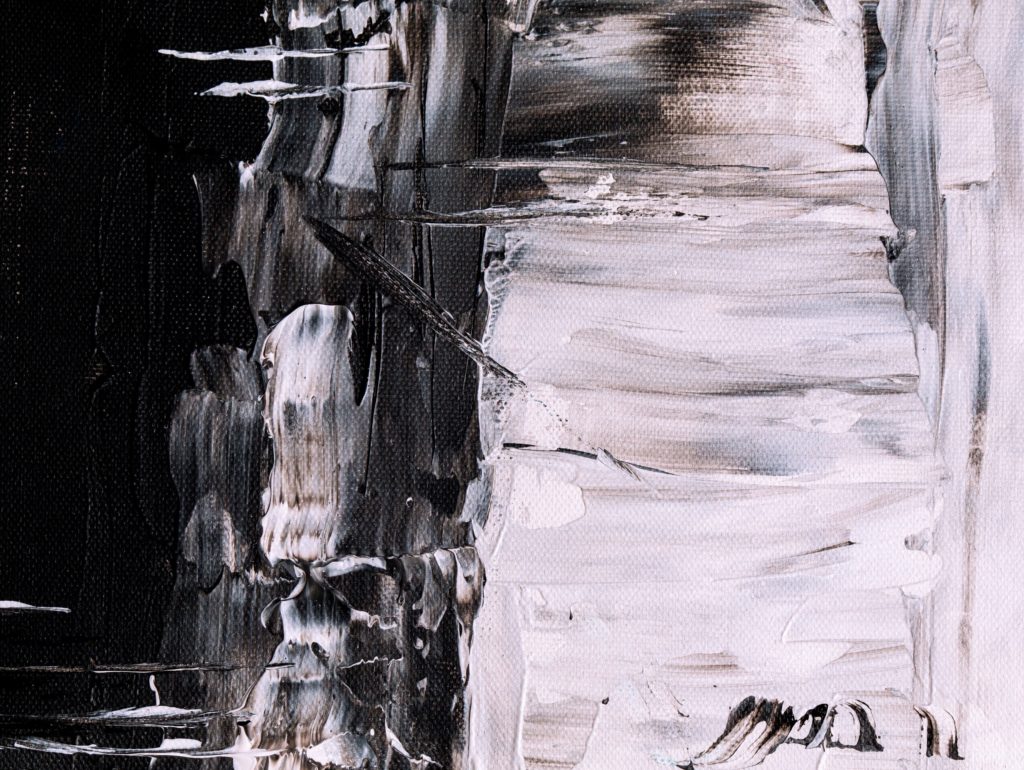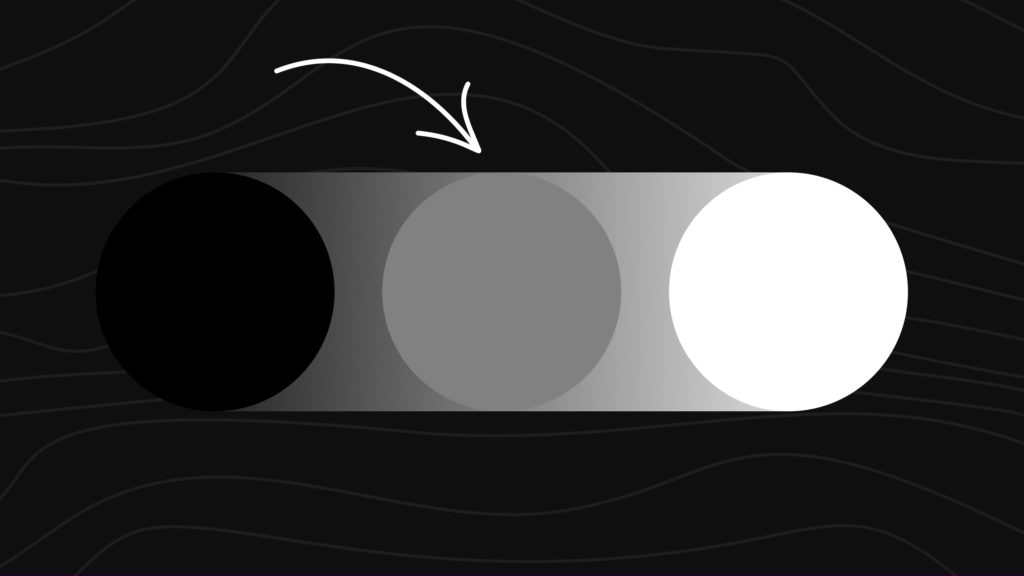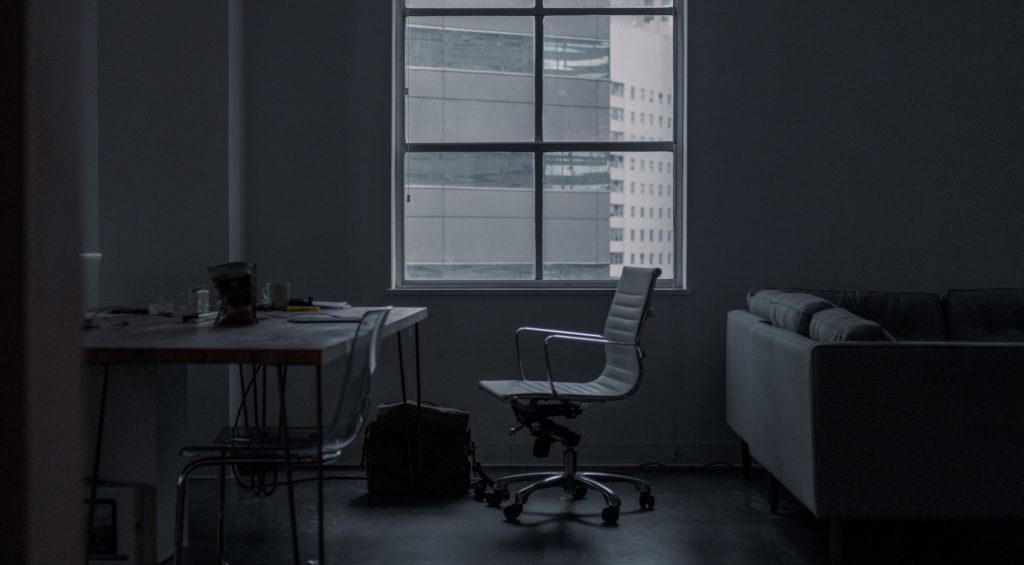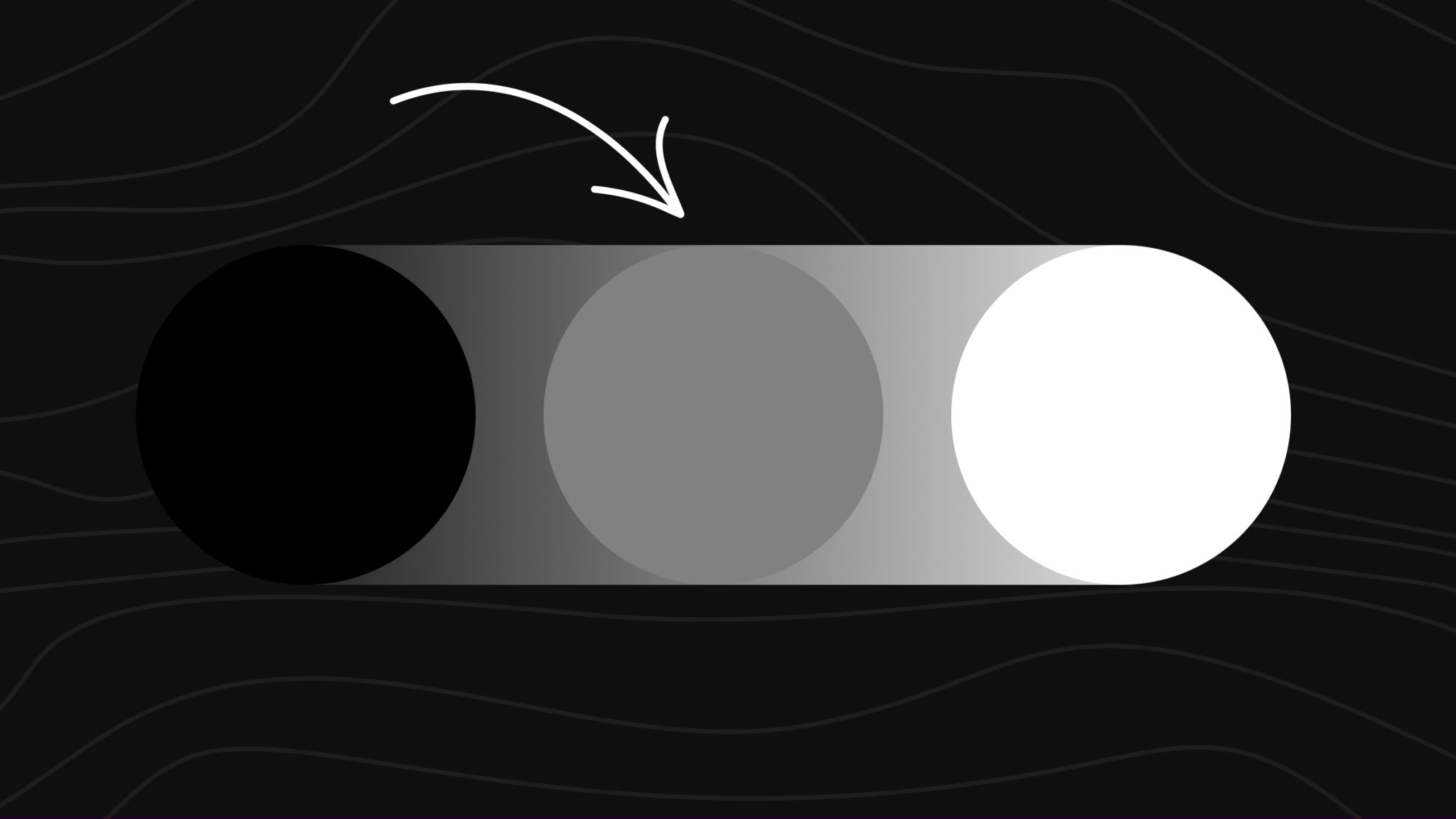Caught in the gloom between white and black, gray provides a gentle gradation that is both comforting and calming. Common mental images associated with the color gray include a cloudy sky, dying embers, and a potter’s clay.
Gray is a useful hue for artists to learn how to blend in order to get the desired emotional tone in their works of art.
What Makes Gray Special?
An intriguing aspect of gray is the stereotype that it lacks character since it is so neutral. Due to this, gray often adopts the tone of the vibrant colors that surround it. Because of its lack of association with any one emotion, gray is often used as a default hue for neutrality.
However, when utilized to bring to life views of a dismal sky at twilight, this natural, pleasing color is capable of generating dramatic effects. In fact, heavier tones of gray are commonly substituted for black in nighttime paintings because of this color’s ability to represent gloom without completely obliterating details, as is the case with real black.

Because of this, gray is among the most fundamental hues for every creative endeavor. Learning how to make a wide range of gray tones allows you to experiment with the interplay of light, dark, and shadow in new ways.
Different shades of gray have vastly different aesthetic and affective effects. Darker tones of gray, for instance, might convey both formality and mystery. Lighter tones can almost glimmer like threads of silver when they’re exposed to light. When combined with the proper hues, gray may also appear sophisticated.
It’s evident that when it comes to adding color to a room, gray may be a reliable and dignified option. But perhaps you’re wondering how to get gray tones that express the precise degree of silvery happiness or dark-sky beauty you’re aiming for. This is where understanding what colors combine to form gray and how to produce your own custom gray tones might come in handy.
What Colors Make Gray?
Because it lacks any discernible hue, gray is classified as an achromatic color. You may easily get gray by combining black and white. Graying black paint is as simple as adding white to your already-existing black paint. In its simplest form, black may be made by combining the colors red, blue, and yellow. Gray may be made with a less straightforward method, though.

Making the Color Gray
Gray may be made from scratch by combining equal parts of blue and red pigment. The end result should be a pleasing shade of purple. To finish off your purple, you may choose to either warm it up or cool it down. Include extra red in the mix to increase the heat. An addition of blue will provide a more refreshing color.
The formula to make it gray must now be completed.
Adding yellow pigment to the purple you just made makes it gray. The quantity of yellow you add ultimately decides how dark or light your shade of gray will be, making this a vital element in determining the particular shade of gray you desire. A gray that is lighter in tone can be achieved by adding additional yellow. If you want to achieve a deeper gray, you’ll need to use much less yellow.
Gray in Decor
Is a change in wall color on the agenda for you? It might be difficult to settle on a color since you don’t want to waste money on something that turns out to be the wrong shade. Since it is not too dark or too light, gray is a wonderful option that can be styled in a variety of ways.

There are a variety of ways to use gray as an accent color, such as by painting walls, refinishing furniture, and decorating with accent pieces. Grays with a lighter hue come out as more feminine, while those with a deeper tint are somewhat manlier. If you paint your bedroom in a soothing palette of light grays and whites, you’ll find it much easier to unwind at the end of the day. The room might benefit from the addition of some greens and browns from nature.
A more modern vibe may be achieved by using a dark grayish purple tone scheme or any dark gray color scheme. You may use contrasting colors to draw interest to specific features. If you’re going for a classy aesthetic, gold accents might help. Gray also complements vivid hues. The use of gray can help calm down these vivid hues and strike a better balance.
Gray is a versatile color that works well in the kitchen. Adding gray might throw off the aesthetic balance of a room if you don’t use enough contrast. Multiple shades of gray may be used in a kitchen, from cabinets to worktops to equipment. Gray cabinets with brass or copper knobs are another option. Bathrooms may also benefit from the use of gray, namely gorgeous cool gray cabinetry with brass fittings. To further diversify the color scheme, you may also use blues and greens.
Wrapping Up
The process of developing a gray tone from scratch is a great way to practice adjusting the value contrast between light and dark areas of a painting. Never forget how much of an impact a tiny amount of black can have when making gray. The neutrality and susceptibility to change of gray requires an artist to be mindful of the need to strike a balance whenever a new color is added to an existing gray equation.

